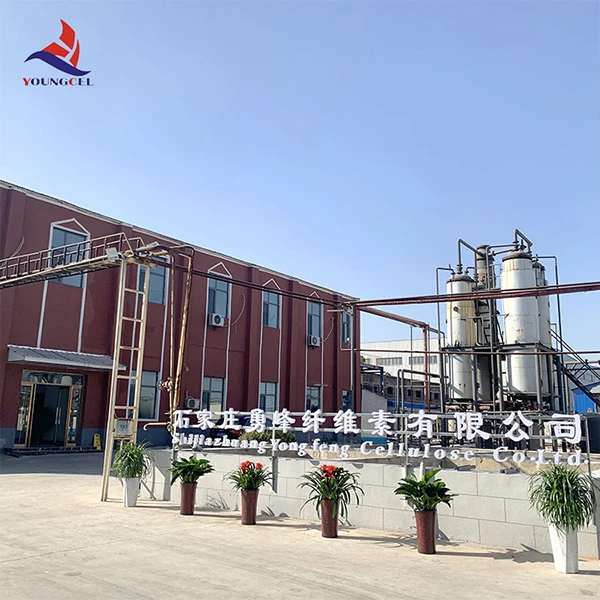The Versatility and Applications of Ceramic Adhesives
Ceramic adhesives have gained significant traction in various industries due to their remarkable properties and versatility. Composed primarily of ceramic materials, these adhesives exhibit exceptional thermal stability, chemical resistance, and mechanical strength, making them ideal for a wide array of applications, from construction to electronics.
What are Ceramic Adhesives?
Ceramic adhesives are bonding agents that harness the natural bonding properties of ceramics to adhere to various substrates. The primary components of these adhesives often include silica, alumina, and other ceramic materials, combined with polymers or other binders to enhance their adhesive qualities. They can be formulated for specific uses, depending on the desired strength, curing time, and environmental resistance.
Key Properties
One of the standout features of ceramic adhesives is their ability to withstand high temperatures. They can maintain their structural integrity in extreme heat, making them suitable for applications in industries such as aerospace and automotive where heat resistance is paramount. Additionally, these adhesives are often resistant to harsh chemicals, which is critical in manufacturing environments where exposure to solvents, acids, and bases is common.
Another important property of ceramic adhesives is their mechanical strength. They provide excellent bonding capabilities for ceramic materials, metals, glass, and even certain plastics. As a result, they are frequently employed in a wide range of applications, from engineering to home improvement.
Applications in Various Industries
1. Construction and Architecture In the construction industry, ceramic adhesives are used for tiling and flooring applications. They enable the secure placement of ceramic tiles on walls and floors, ensuring that they remain intact over time even in high-traffic areas. These adhesives can also be used in the installation of countertops and backsplashes.
2. Aerospace and Automotive The aerospace and automotive sectors rely heavily on the properties of ceramic adhesives for assembling components that need to withstand high temperatures and pressures. They are often used in bonding exhaust systems, engine components, and other parts that experience intense thermal stress.
ceramic adhesives

3. Electronics and Electrical In the electronics industry, ceramic adhesives play a crucial role in the assembly of circuit boards and other electronic devices. Their excellent insulating properties help ensure the reliability and durability of electronic components, especially in environments subjected to heat and vibration.
4. Healthcare Ceramic adhesives also find applications in the healthcare sector, particularly in dental procedures for bonding ceramic crowns, veneers, and bridges. These adhesives must not only provide strong bonding capabilities but also be biocompatible to ensure the safety and comfort of patients.
Advantages Over Traditional Adhesives
Compared to traditional adhesives, ceramic adhesives offer superior performance in many respects. For instance, while epoxy and other organic-based adhesives can weaken under temperature fluctuations, ceramic adhesives maintain their strength and stability. Furthermore, the longevity of ceramic adhesives often surpasses that of their organic counterparts, reducing the need for frequent repairs or replacements.
Challenges in Usage
Despite their advantages, ceramic adhesives also present some challenges. The curing process can be lengthy, requiring specific temperatures and conditions to achieve optimal bonding strength. Additionally, proper surface preparation is critical to ensure effective adhesion. If surface contaminants are not adequately removed or if the surfaces are not properly textured, the adhesive may not bond effectively.
Future Trends
As industries continue to evolve, the demand for advanced materials like ceramic adhesives is expected to rise. Ongoing research is focusing on developing new formulations that enhance the performance characteristics of these adhesives, such as increasing their flexibility without compromising strength. Moreover, the growing emphasis on sustainable materials is likely to drive innovation in creating eco-friendly ceramic adhesive options.
Conclusion
Ceramic adhesives represent a unique and versatile bonding solution capable of meeting the demands of various industries. Their impressive thermal resistance, chemical durability, and mechanical strength make them an invaluable asset in applications ranging from construction to electronics. As technology advances and sustainability becomes a priority, ceramic adhesives will likely play an increasingly important role in future innovations.
-
Rdp Powder: Key Considerations for Wholesalers in the Building Materials IndustryNewsJul.08,2025
-
Key Considerations for Wholesalers: Navigating the World of Hpmc - Based ProductsNewsJul.08,2025
-
Hpmc Detergent: Key Considerations for WholesalersNewsJul.08,2025
-
Key Considerations for Wholesalers: China Hpmc For Tile Adhesive, Coating Additives, Concrete Additives, and MoreNewsJul.08,2025
-
Crucial Considerations for Wholesalers: Navigating the World of Construction MaterialsNewsJul.08,2025
-
Key Considerations for Wholesalers Sourcing Additive For Cement, Additive For Concrete, Additive For Putty from Additive Manufacturer Shijiazhuang Gaocheng District Yongfeng Cellulose Co., Ltd.NewsJul.08,2025




